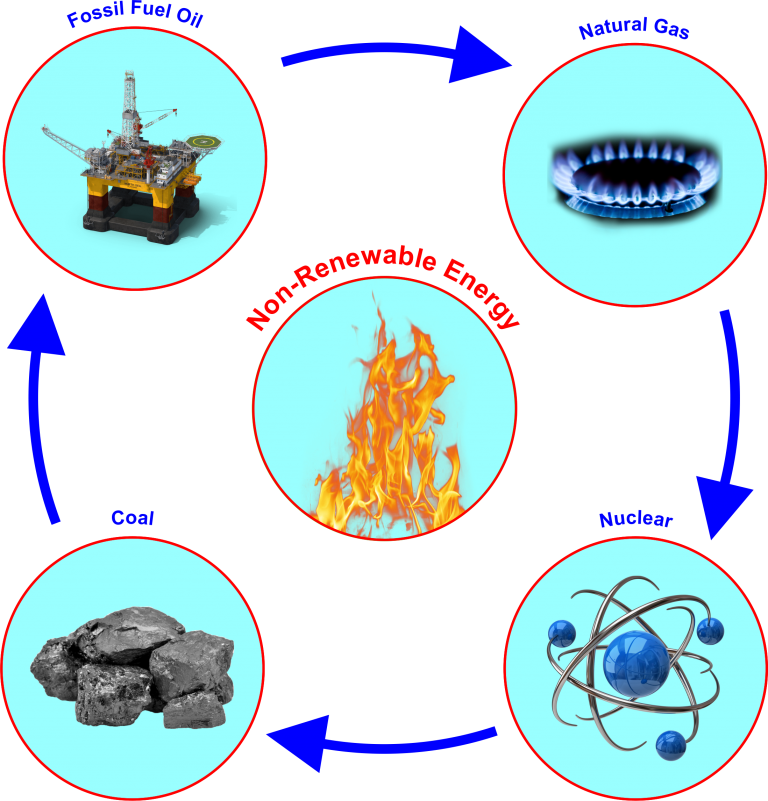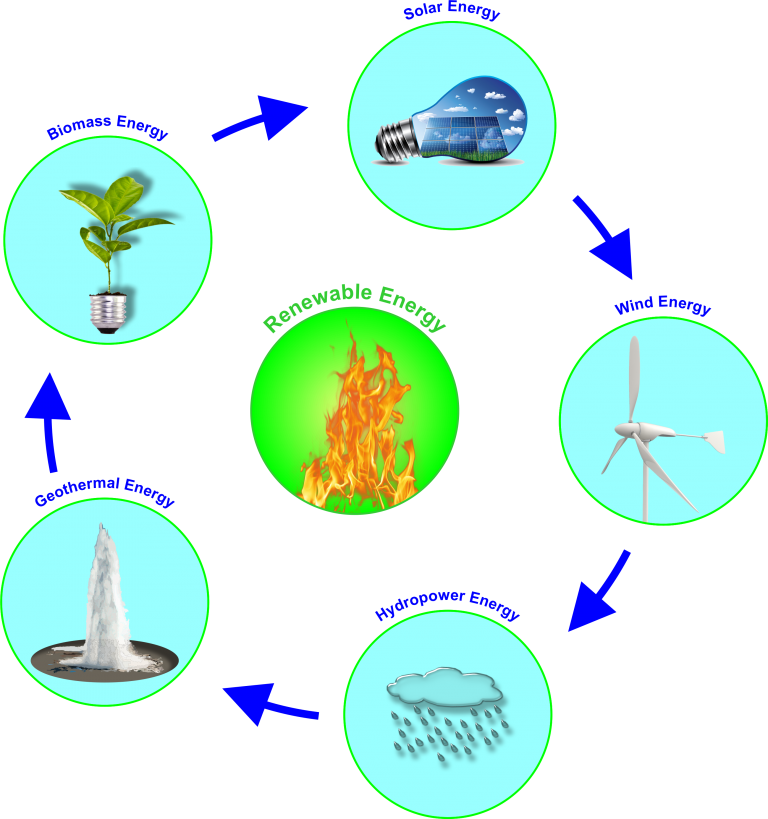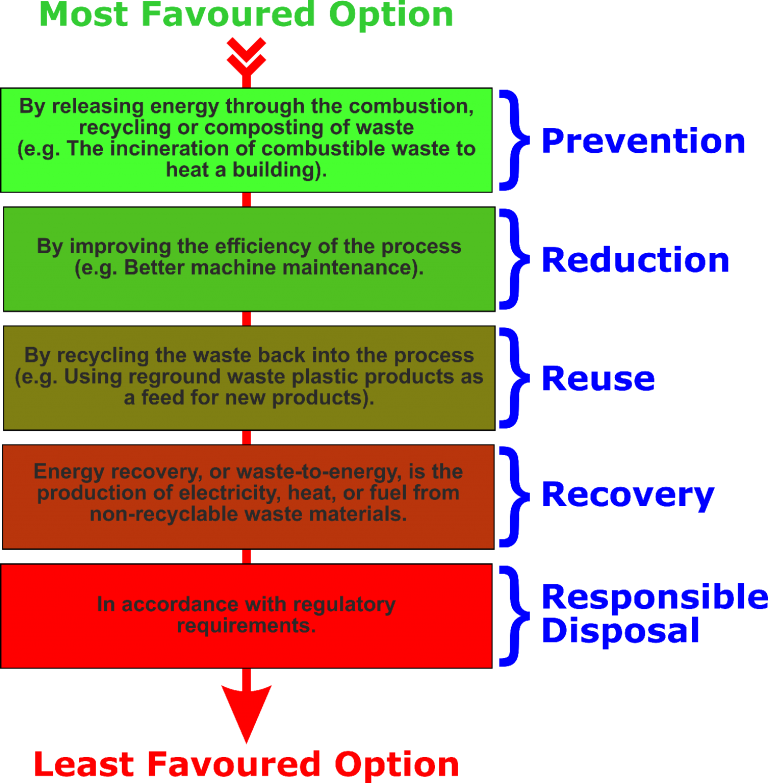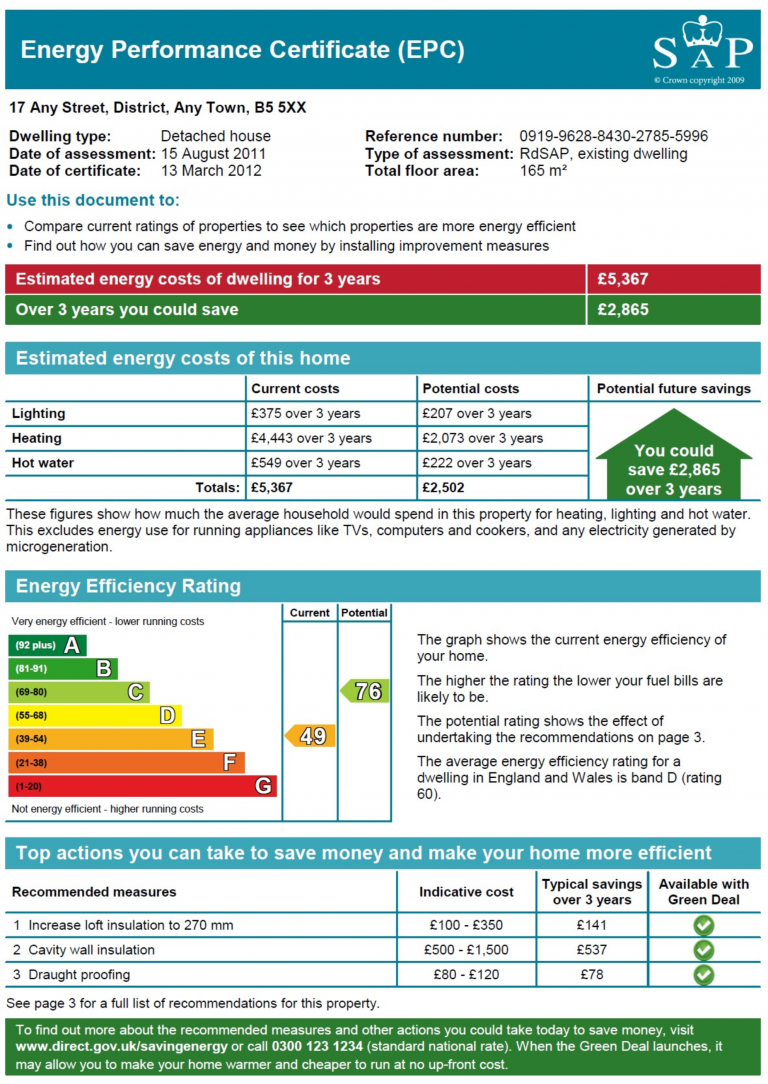
Teaching and learning resources for the construction industry with NVQ and Diploma Assessment Criteria
The goals of sustainable construction
The construction industry is one of the largest users of global resources and contributes to environmental pollution.
The goal for the construction industry to make a greener housing and to reduce the amount of non-reusable energy to renewable energy.

Non-Renewable Energy
Here are some construction methods
· To reduce waste, cut Materials precisely
· Good waste management systems in place
· Adaptive reuse of old buildings
· Use local resources
· Use non-toxic materials
· Use materials that are environmentally friendly
· Energy efficiency
· Water efficiency
· Extend the life cycle of the building

Renewable Energy

Your Legal Obligations
Any construction material which is perceived to be of no further use is waste, for example inert (e.g. bricks, glass), hazardous (e.g. paint tins, mastic tubes) or non-hazardous (e.g. packaging, plasterboard).
All construction companies have a Duty of Care to ensure all waste is segregated and disposed of correctly without contaminating the environment (section 34 of the Environmental Protection Act).
Construction waste management system should be a part of company Health & Safety Policy and have the appropriate Risk Assessments & Method Statements (Ram`s) which is highlighted in Site Inductions.

Recycling Logo

An Energy Performance Certificate is required for properties when constructed, sold or let.
The Energy Performance Certificate provides details on the energy performance of the property and what you can do to improve it.

Energy Performance Certificate
The A to G Scale for Non-domestic EPCs[edit]
The A to G scale is a linear scale based on two key points defined as follows:
a) The zero point on the scale is defined as the performance of the building that has zero net annual CO2 emissions associated with the use of the fixed building services as defined in the Building Regulations.
This is equivalent to a Building Emissions Rate (BER) of zero.
b) The border between grade B and grade C is set at the Standard
Emissions rate (SER)† and given an Asset Rating of 50.
Because the scale is linear, the boundary between grades D and grade
E corresponds to a rating of 100.[10]
This is based on the actual building dimensions but with standard assumptions for fabric, glazing and building services.
Additional learning resources for this unit can be found on the following links